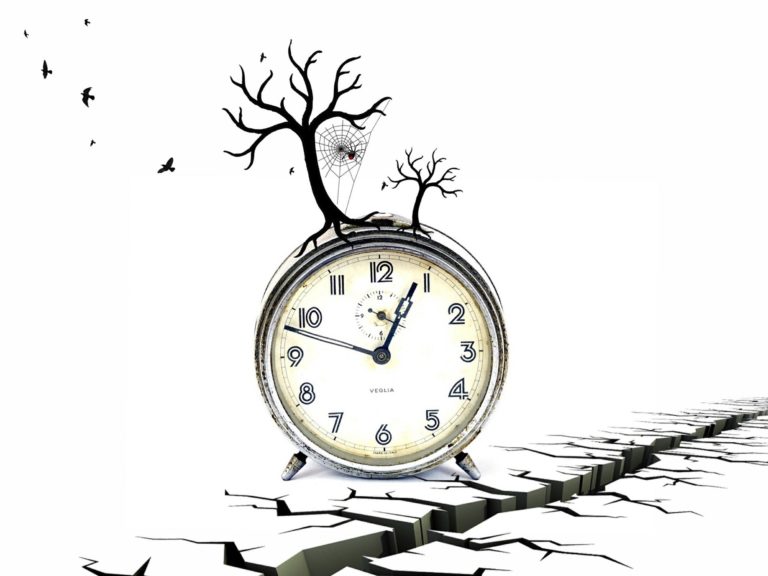Pain…It’s All In Your Head, And Why That’s A Good Thing!
“‘The brain uses information from numerous different sources including sound, touch, and vision, to create feelings such as stiffness,’ says Dr. Stanton.
“If we can manipulate those sources of information, we then potentially have the ability to manipulate feelings of stiffness. This opens the door for new treatment possibilities, which is incredibly exciting,’ she concludes.”One of the theories from this study is that the brain uses stiffness as a way to prevent movement. In fact people with chronic back pain “overestimated how much force was being applied to their backs – they were more protective of their back.”
Reality, It’s All An Illusion
While that may seem hard to believe, none of what we experience is what is real. That is not to say there is not a reality out there, however our subjective reality is based on our brain’s interpretation of what’s out there. When you see something, in general terms light reflects off an object, hits the retina, activates the photoreceptors (cones and rods), and sends that to the visual cortex where it is reconstructed as an image. Similarly, the brain is interpreting the level of firmness you are experiencing in that chair, the temperature of the air around you, and interpreting the sounds around you. It is also why different people have different experiences. Our individual experience, or our “reality,” is based on how our brain interprets things.
The Dress: Is It Blue and Black or Gold And White?

Pain Is An Internal Experience

Perhaps even more amazingly, in the 1800s the surgeon Dr. James Esdaile used mesmerism (an early form of hypnosis) as the sole form of anesthesia to perform surgery. While chemical anesthesia has become much more prominent, there are still surgeries taking place today that use hypnosis for anesthesia. This is particularly important in cases where the patient is too weak for anesthesia to be safely administered, or where the person has some sort of intolerance.
Resetting the Alarm

One way hypnosis has a great track record is in turning the pain down, or in many cases even turning it off. If the pain is serving a purpose, we do not want to turn it off. However, if appropriate we can turn the sensations down. If it is no longer necessary, in many cases we can turn it off entirely, permanently. After all, if pain is all in the brain, and it is no longer serving a purpose, we can change how your brain represents that. That is useful for chronic pain symptoms, terminal conditions, reducing useful pain, removing phantom pain in amputees, or for helping moms during pregnancy.
 Hypnosis Can Help Turn Off The Pain Alarm
Hypnosis Can Help Turn Off The Pain Alarm
If you suffer from chronic, unnecessary, or useless pain, hypnosis can help you turn the alarm down or off.
Want to find out if you are a good candidate? Contact David for your free consult, today! Schedule Your Free Hypnosis Consultation By Clicking Here!






